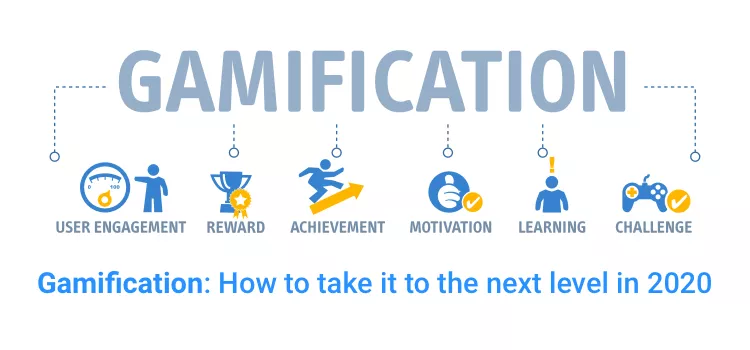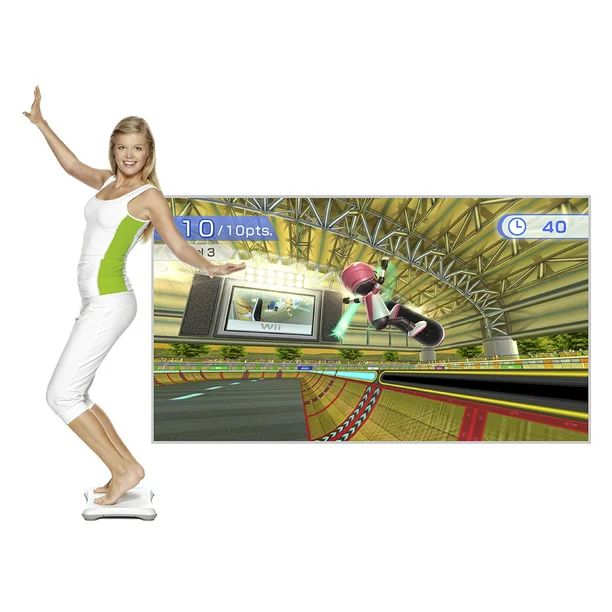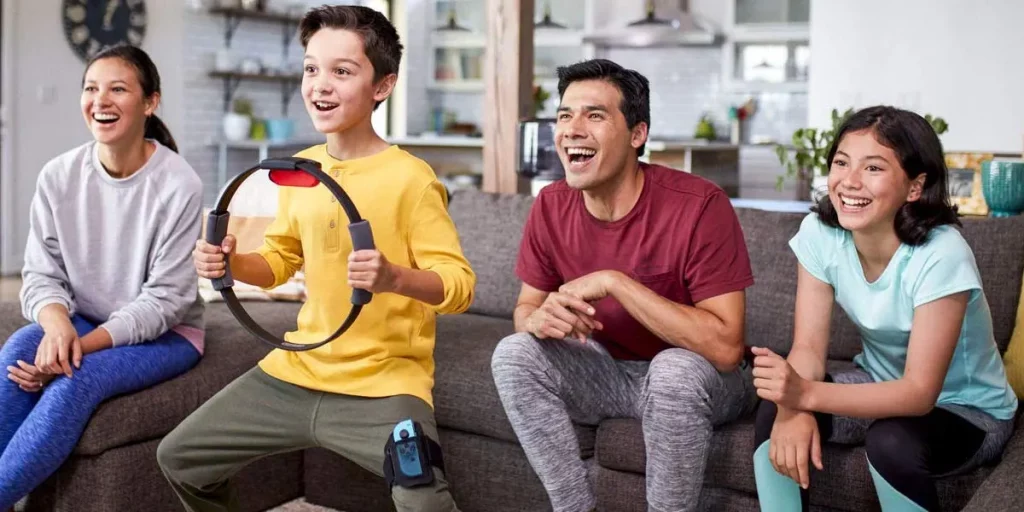Like a lot of middle class white collar workers, I should exercise far more than I do. It’s a challenge that my spouse and I have been trying – and failing – to conquer for years now.
I’m not going to go into detail about why it’s challenging. Anyone with a modicum of empathy, with a modicum of experience with the stressors of modern life, and who isn’t an Instagram fitness influencer will understand that finding consistent time, motivation, etc. with which to regularly exercise is easier said than done for a whole lot of people (and if you have established a successful routine, it was probably really challenging to do so, regardless of what Survivorship Bias might tell you).

(For better or for worse, I’m also not one of those white collar workers who is obsessed with endurance sports because it’s the only way they can feel alive in their otherwise soul sucking existence. Between my hobbies, my family, and the work required to support my family, I feel plenty of joy, pain, sorrow, fulfillment, etc.)
Anyway, at one point I tried to solve my problem by buying Ring Fit Adventure. And it worked! At least for two or so months. After that, I fell off the proverbial cliff, and it’s not hard to see why. Nintendo’s many efforts at trying to gamify fitness are noble, but they’re also not that effective (at least for a certain stripe of people).
In case you don’t know how it works, Ring Fit Adventure is sort of an RPG in which you attack enemies by doing exercises, mainly through a combination of a pilates ring and a leg sensor (technically just a Joycon strapped to your thigh). The better your form and technique, the more damage you can do. You can also improve your chances by equipping different outfits to boost character stats, or making smoothies with fruit you collect in each stage, which give you temporary stat boosts.
I’d venture to say there is as much “video game” in Ring Fit Adventure as there is exercise routine, and that’s actually the problem I have with it. It’s an idea that takes gamification a little too far.
Here are a list of problems, in no particular order:
You have to unlock exercises
You begin the game with only a limited number of exercises that your character can perform. There is some logic to the idea that someone just starting out with an exercise routine might want to ease into more advanced moves only after they’ve established some strength and form.
But not all of the locked moves are what I’d consider “advanced.” Some are fairly simple and practical, and I would have very much liked to have used them right away. Instead, I had to toil away until I could save up enough in-game currency to buy them.
And what if you’re already big on exercise, and just want to add Ring Fit to your routine? Locking away moves is just an artificial roadblock.

The In-Game Currencies
There’s actually more than one in-game currency, including money and skill points. Skill points are what you use to buy new exercises, but they’re also used to unlock other things, such as stat boosts, permanent health boosts, and even extra slots for equipping exercises.
Basically, if you unlock workouts at the expense of all these other boosts, it’s going to become a problem sooner or later. The game is basically asking you to choose between being able to work out (by being strong enough to progress through the stages), or being able to work out (by having a variety of techniques with which to move your body).
Weaknesses
Exercises are grouped into four color coded categories – arms, legs, core, and yoga. Not coincidentally, enemies are also color coded. If you want to deal max damage to, say, a yellow enemy, you need to attack it with a leg-based exercise. Most of the game’s challenge comes from figuring out what exercises to use (and when) in order to maximize damage output.
This introduces so many issues that I need to address them each in their own subsection.
Artificial Limitations
You have a fixed number of slots into which you can equip exercises, which means that you can’t just do whatever technique you want in a given level. You have to choose what to bring with you.
Now if you’re a gamer, with a “gamer’s brain,” you’re going to equip the things that you know will give you an advantage against enemies. But what if that’s not what you want to do? For example, what if today you’re in the mood for an arm workout (meaning red-coded exercises), but the next levels are mainly filled with yoga/green-coded monsters? Your only choice is to suck it up and do what the game wants, or go back to older (possibly easier) levels that focus on arms.

Difficulty?
Or you could just say “screw it,” and fight the green enemies with red exercises. This isn’t impossible, but it’s also not easy. Ring Fit Adventure isn’t a game where just doing any arbitrary exercise with proper form is enough. In any given battle, there will be one or more enemies, but there is only ever one of you. If you don’t pare down their numbers fast enough, they will continue to deal enough damage per turn to eventually overwhelm you.
Basically, you can’t brute force your way through Ring Fit. You have to play smart, by doing one or more of the following:
- Unlocking permanent stat boosts and/or stat-boosting gear (at the cost being able to unlock fewer exercises)
- Picking a set of attacks that are optimal for the given stage
- Strategic use of moves that attack multiple enemies
- Well timed use of healing items
You don’t have to do all of these things, but you have to do some of them. And I’m here to say that this adds too high of a cognitive load to the experience. It is entirely possible (especially if you’re a gamer who is fond of min/maxing in RPGs) to find yourself stopping for long periods of time to do things like:
- Figure out what move or item to use in your next turn
- Stop and make smoothies (aka healing items) through a stupid minigame
- Browse the item store or the skill tree
- Stop and slowly swap out one set of exercises for a new one, because everything you loaded up for the last stage isn’t advantageous in the next one
When you’re doing any of these things, you’re not exercising, and if you’re not exercising, you’re not keeping up your heart rate. The game commits the cardinal sin of not only allowing you, but arguably encouraging you to take too many breaks mid-workout.
My advice? The game should have been tuned such that doing any technique with good form is enough to take out a mob of enemies. It would keep you going while still giving you the satisfaction that comes from the gamification aspect.
Too Many Distractions
The game’s story mode has sidequests, cutscenes, and minigames. It’s all meant to break up the action (and/or to keep your heart rate from getting too high), but after a while it stops being interesting. While Ring Fit has too much gameyness to it, it doesn’t have enough storytelling to remain compelling.

I Need an Adult!
Ring Fit does have additional workouts and exercises beyond what is available in the story, and you can even create a custom workout that lets you do exactly what exercises you want.
I have two problems with the execution:
- If you’re new to creating a fitness routine, you may not know what you want to (or should) focus on. This can make it hard to create a good custom routine.
- It’s really slow and unintuitive to navigate the game’s menus with the single Joycon you strap to the pilates ring. It’s not too bad to create a single routine, but if you want to create lots of them – for different days, moods, etc – you might find that there’s enough friction to dissuade you.
It Ends
On a related note, the Adventure mode has a story, which means it eventually ends. That runs contrary to the idea of exercise being something you’re supposed to keep doing again and again.
One solution is to replay Adventure mode on a higher intensity. But I can’t help but imagine that sooner or later you’d get bored watching the same story scenes and doing the same side quests over and over again. It’s a lot like old school workout tapes – sooner or later you’re either going to grow out of it, or you’ll get tired of it.
The other solution is to quit Adventure mode and come up with your own workouts, either by creating the aforementioned custom routines within the game, or by simply using the equipment to do the exercises on your own, without the game running.
I tried doing the latter once I grew tired of the Adventure mode, but it didn’t work. Aside from the fact that I didn’t know how to create a good routine, I had nothing to keep me honest – nothing to tell me that my form was good or bad, and nothing discouraging me from half assing it.
Laziness
One thing to keep in mind about the Pilates ring is that it works through sustained resistance. You push it in or pull it out, and the intensity comes from keeping it pushed in. You can easily stop whenever you want, or you can simply not push it as far as you can.
This is in contrast to, say, doing a push up or pull up, where you’re pretty much committed to pushing (or pulling) your body weight all the way back up (and where a partial pushup feels so inconsequential that you’re not going to fool yourself into thinking it’s sufficient).

Does Gamification Work?
I can’t help but think of this passage from a Wired article on Gamification:
At its best, gamification seems to work when it helps people achieve the goals they want to reach anyway by making the process of goal achievement more exciting. When people fully buy into a game, the results can be impressive, durably improving volunteers’ productivity, boosting worker morale, and even, as seen in one recent study, robustly helping families increase their step counts. But gamification can tank when players don’t buy in. If a game is mandatory and designed to encourage people to do something they don’t particularly care to do (like achieving an outstanding record of attendance at school), or if it feels manipulative, it can backfire.
Personally, I don’t think gamification works for exercise, at least for most people. Until exercise becomes a thing you enjoy (or at least tolerate) doing, gamifying it does nothing more than play a trick on your brain. Sooner or later either your brain will stop falling for the trick, or you’ll come up with ways to exploit the rules (see all the people who look for ways to trick their fitbit into recognizing false steps).
The problem, I think, is that we as a society are afraid to admit that, for the overwhelming majority of people, finding a clear, effective workout plan – as well as the motivation to go through with it – are two “simple” challenges that are in fact extremely difficult to solve. As long as we keep denying that fact (or try to work around it through things like gamification), people will continue to fail to be as healthy as they want to be.
And then we all blame ourselves for lack of “personal responsibility” or whatever. Because if there’s one thing that helps when you’re feeling down and out, it’s being told you’re even more of a failure.


I also got Ring Fit Adventure and also stopped playing it after a month or two, but you explained a lot of the issues with it more eloquently than I would. I don’t think I even got far enough to unlock skill points (probably sitting at level 15ish) but was still annoyed by the gamification and slow / blathering story.
One nice thing is that it offered a way for my daughter and I to “play games” in the evenings by taking turns playing RFA, which was good for both of us. Switch Sports is filling the same niche more recently, although we’re starting to fall of that.
As far as exercising more generally, I’ve found setting step goals to be more effective than other things personally. I try to take periodic breaks at work to walk more (which works now that I’m a sucker working in an office – wouldn’t if I were still WFH).
It Ends is really the core problem I think for an exercise game to wrestle with. If it doesn’t it likely isn’t as interesting and could be as boring as actual, non-game exercise. And if it has a story and progress and crap well then it probably ends eventually, which is a problem if that happens before your life ends.
I’m not sure if the game lets you do this (since I never beat the story), but there would be some merit to letting the player just access all the levels after the story is done, without having to experience the story content again. Because the levels are very pretty to look at, and it would be nice to just go through them without worrying about quests or stats or anything.
i havent played this, but the “it ends” section got me thinking about turning this into some kind of mario maker type platform. if the community could design challenges and set up exercise routines that could really extend the usefulness of the game.